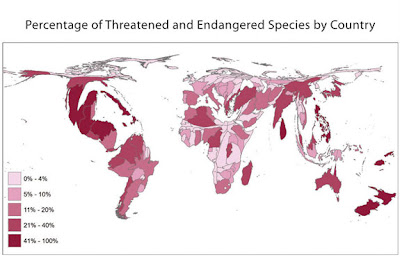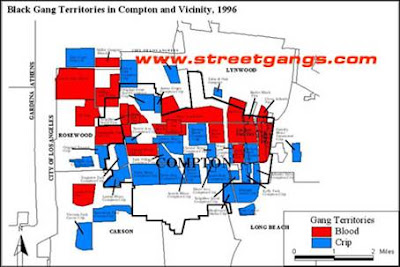
- Cartograms are maps where the geographic unit being looked at has it size and shape altered to reflect the magnitude of the variable being looked at.
- The cartogram above displays data from the Global Amphibian Assessment, a partner of AmphibiaWeb, which tracks the IUCN Red List of Threatened Species for the status of amphibians. Eight categories are assessed: Extinct, Extinct in Wild, Critically Endangered, Endangered, Vulnerable, Near Threatened, Least Concern, and Data Deficient. This map is helpful, and truly gives the extreme of the study. It is very apparent in North America and Asia, that the species is especially threatened.
-
amphibiaweb.org/amphibian/cartograms/





































